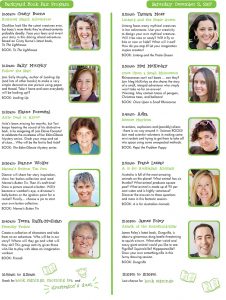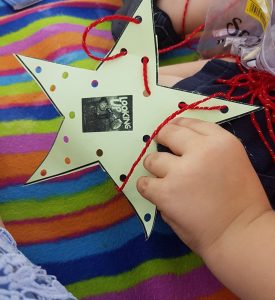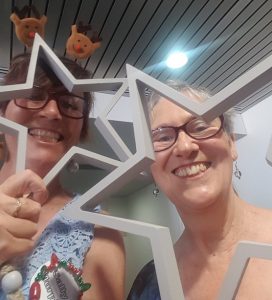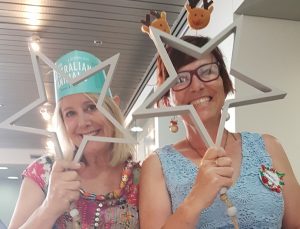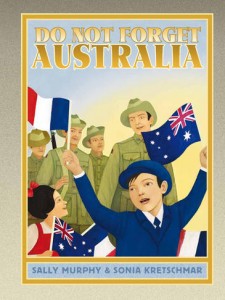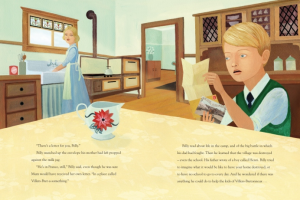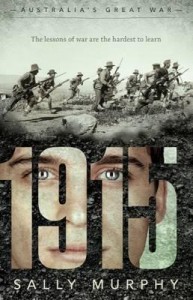Another month, another monthly roundup of my reading. 13 books this month, with a lot of variation. I shouldn’t pick a favourite – but have a look at number 7. I’m in a book! I’ll be posting more about this when it’s officially released.
Children’s Books
 No Words, by Maryam Master (Pan Macmillan, 2022). I was interested in this one because Aria, one of the characters, is a refugee who doesn’t speak at school – and this reminded my of Amed in my own book, Worse Things. I love seeing how other authors have tackled similar issues. But in Aria’s case, it gradually emerges that his not speaking is not so much a language issue as one of trauma – he is selectively mute. I liked the blend of Aria’s story with those of Jaz and Hero, who both have problems of their own.
No Words, by Maryam Master (Pan Macmillan, 2022). I was interested in this one because Aria, one of the characters, is a refugee who doesn’t speak at school – and this reminded my of Amed in my own book, Worse Things. I love seeing how other authors have tackled similar issues. But in Aria’s case, it gradually emerges that his not speaking is not so much a language issue as one of trauma – he is selectively mute. I liked the blend of Aria’s story with those of Jaz and Hero, who both have problems of their own.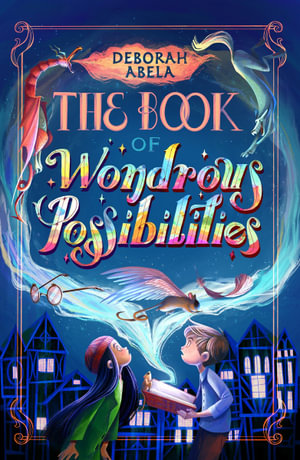 The Book of Wondrous Possibilities, by Deborah Abela (Penguin, 2022). I have been waiting for this book to come out, and can say that the wait was worth it. What a magical book. Arlo is fearful and, since the loss of his mother, sad, but when he discovers his mother has left him a book that has the magical ability to make his story come true, he is swept into a battle to protect everything he loves.
The Book of Wondrous Possibilities, by Deborah Abela (Penguin, 2022). I have been waiting for this book to come out, and can say that the wait was worth it. What a magical book. Arlo is fearful and, since the loss of his mother, sad, but when he discovers his mother has left him a book that has the magical ability to make his story come true, he is swept into a battle to protect everything he loves.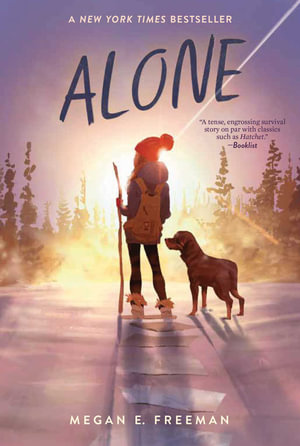 Alone, by Megan E. Freeman (Aladdin, 2022). I always love coming across a verse novelist (and, thus, a verse novel) that I’ve not encountered before. This is the story of a girl left completely alone after an unexpected evacuation of her whole state. The poetic form is an excellent way of following her thought processes through some truly confronting experiences.
Alone, by Megan E. Freeman (Aladdin, 2022). I always love coming across a verse novelist (and, thus, a verse novel) that I’ve not encountered before. This is the story of a girl left completely alone after an unexpected evacuation of her whole state. The poetic form is an excellent way of following her thought processes through some truly confronting experiences. The 156-Storey Treehouse, by Andy Griffiths & Terry Denton (Pan, 2022). This came to me as a review copy, and I had fun checking out the latest instalment in this ever-growing treehouse, with its two inventive, and funny, residents.
The 156-Storey Treehouse, by Andy Griffiths & Terry Denton (Pan, 2022). This came to me as a review copy, and I had fun checking out the latest instalment in this ever-growing treehouse, with its two inventive, and funny, residents. A is for Australian Reefs, by Frane Lessac (Walker Books, 2022). I love anything related to the ocean, and this book, by a talented friend a, is no exception. With both well- and lesser-known marine life featured, this is a delightful blend of facts and stunning art, bringing the reef to life.
A is for Australian Reefs, by Frane Lessac (Walker Books, 2022). I love anything related to the ocean, and this book, by a talented friend a, is no exception. With both well- and lesser-known marine life featured, this is a delightful blend of facts and stunning art, bringing the reef to life.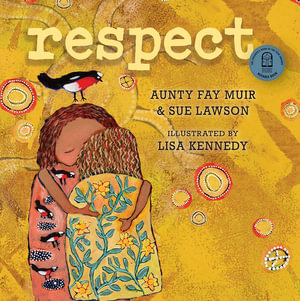 Respect, by Aunty Fay Muri & Sue Lawson, illustrated by Lisa Kennedy (Magabala, 2020). I knew of this book but had somehow never read a copy. I bought it after hearing the authors speak at the recent CBCA National Conference. What a wonderful, child-friendly way of explaining the concept of respect – for the land, for history, for culture, for each other, and for ourselves.
Respect, by Aunty Fay Muri & Sue Lawson, illustrated by Lisa Kennedy (Magabala, 2020). I knew of this book but had somehow never read a copy. I bought it after hearing the authors speak at the recent CBCA National Conference. What a wonderful, child-friendly way of explaining the concept of respect – for the land, for history, for culture, for each other, and for ourselves.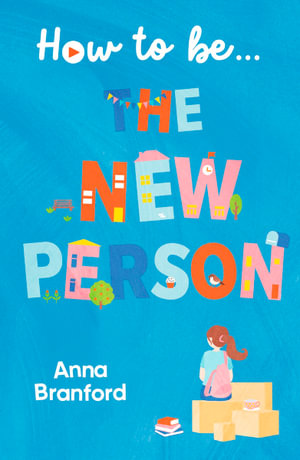 How to be The New Person, by Anna Branford (Walker Books, 2022). What to say bout this book? I suspect I will be posting more as I process the absolute wondrousness of this story – and of the absolute honour and excitement I felt when I realised the main character’s favourite book is one of my mine. All the feels!
How to be The New Person, by Anna Branford (Walker Books, 2022). What to say bout this book? I suspect I will be posting more as I process the absolute wondrousness of this story – and of the absolute honour and excitement I felt when I realised the main character’s favourite book is one of my mine. All the feels!
Books for Young Adults
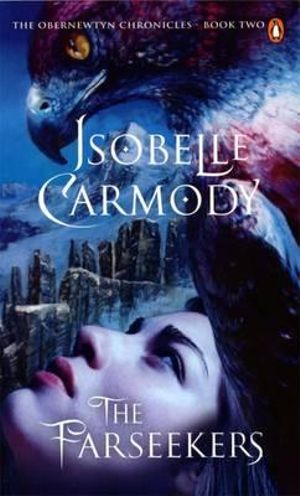 The Farseekers, by Isobelle Carmody (Penguin, 1997). Am gradually working my way through this series on audio, read by the author. Carmody’s world-building is amazing, and I am loving hearing her voice.
The Farseekers, by Isobelle Carmody (Penguin, 1997). Am gradually working my way through this series on audio, read by the author. Carmody’s world-building is amazing, and I am loving hearing her voice.
Books for Adults
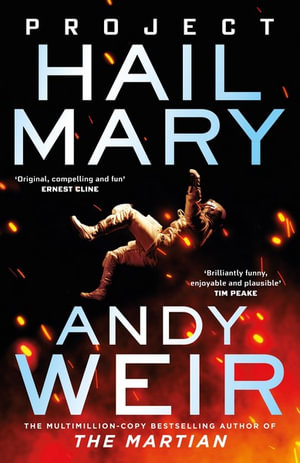 Project Hail Mary, by Andy Weir (Random House, 2021). I don’t read a lot of sci-fi, but enjoyed this one, which I listened to on audio. From the author of The Martian, this one sees a lone astronaut, with amnesia, gradually come to realise that he is on a mission that could save the human race. I did occasionally find the science explanations a little daunting, but was impressed by the author’s obvious knowledge/research. And the story itself was excellent.
Project Hail Mary, by Andy Weir (Random House, 2021). I don’t read a lot of sci-fi, but enjoyed this one, which I listened to on audio. From the author of The Martian, this one sees a lone astronaut, with amnesia, gradually come to realise that he is on a mission that could save the human race. I did occasionally find the science explanations a little daunting, but was impressed by the author’s obvious knowledge/research. And the story itself was excellent.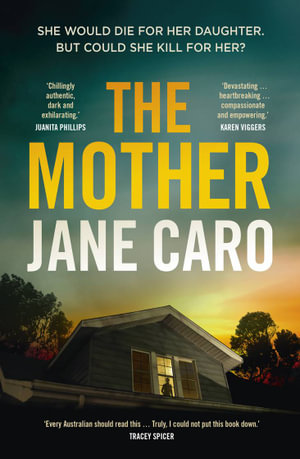 The Mother, by Jane Caro (Allen & Unwin, 2022). Not necessarily an easy read, with the subject matter including coercive control, but really well written, making the important topic accessible., and making me want to keep reading.
The Mother, by Jane Caro (Allen & Unwin, 2022). Not necessarily an easy read, with the subject matter including coercive control, but really well written, making the important topic accessible., and making me want to keep reading. The Deceit, by Sara Foster (Audible, 2022). This was an Audible exclusive audiobook novella. I really enjoyed it – which is a funny way of describing listening to a thriller which placed a family in a terrible situation.
The Deceit, by Sara Foster (Audible, 2022). This was an Audible exclusive audiobook novella. I really enjoyed it – which is a funny way of describing listening to a thriller which placed a family in a terrible situation.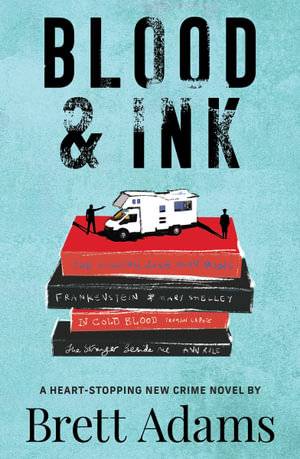 Blood & Ink, by Brett Adams (Fremantle Press, 2022). Another review copy, and one I might not have otherwise read. It took me a while – not because of the quality of the writing (which was good) but because I found it a bit stressful, to follow the trials of an academic who finds himself framed for a series of murders – which he is desperately trying to put a stop to. Really gripping, and I was glad I stuck with it.
Blood & Ink, by Brett Adams (Fremantle Press, 2022). Another review copy, and one I might not have otherwise read. It took me a while – not because of the quality of the writing (which was good) but because I found it a bit stressful, to follow the trials of an academic who finds himself framed for a series of murders – which he is desperately trying to put a stop to. Really gripping, and I was glad I stuck with it.
Non Fiction for Adults
 Thinking Big, by Zig Ziglar and others (AUdible). This is a compilation of chapters and extracts from various motivational/self help experts and was free from Audible. Some good reminders and nuggets of wisdom, and an excellent thing to listen to in bed (I don’t sleep well when away from home, and listening helps).
Thinking Big, by Zig Ziglar and others (AUdible). This is a compilation of chapters and extracts from various motivational/self help experts and was free from Audible. Some good reminders and nuggets of wisdom, and an excellent thing to listen to in bed (I don’t sleep well when away from home, and listening helps).
This brings my total for the year to 117. I’m on track to make my target if I keep up this pace, but there are so many more books I want to get through.
What have you been reading?
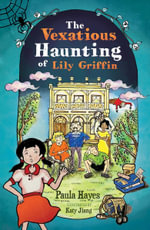 The Vexatious Haunting of Lily Griffin
The Vexatious Haunting of Lily Griffin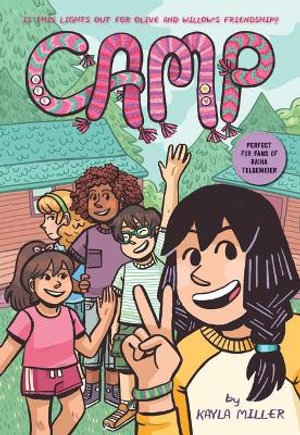 Camp
Camp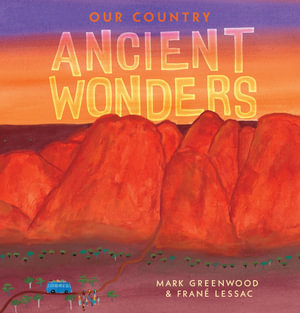 Our Country: Ancient Wonders
Our Country: Ancient Wonders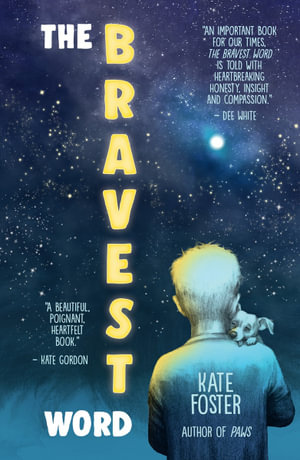 The Bravest Word,
The Bravest Word,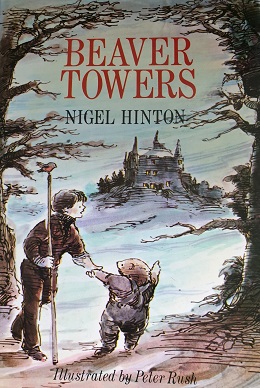
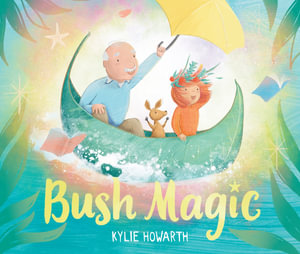 Bush Magic
Bush Magic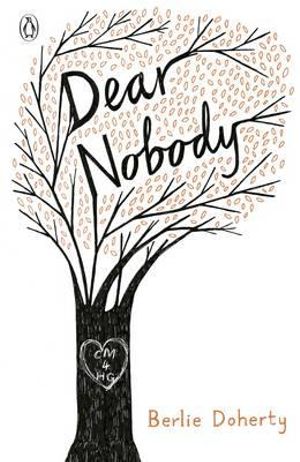 Dear Nobody
Dear Nobody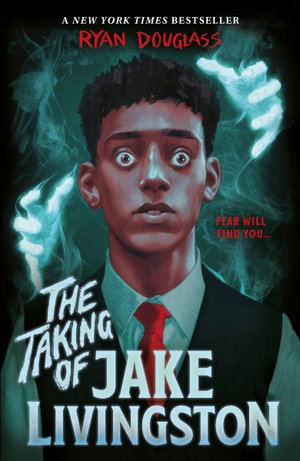 The Taking of Jake Livingston
The Taking of Jake Livingston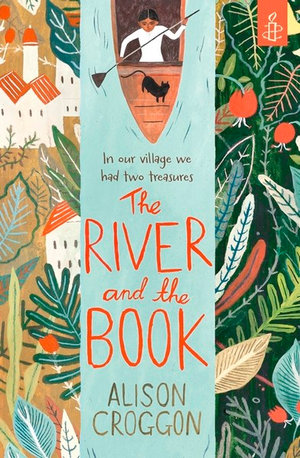 The River and the Book
The River and the Book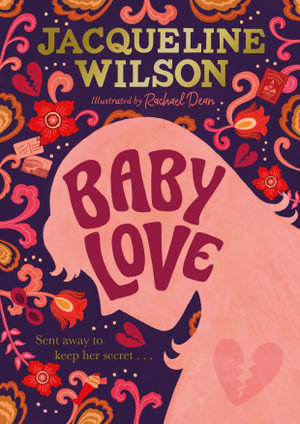 Baby Love
Baby Love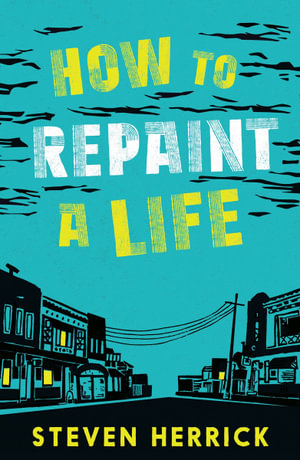 How to Repaint a Life
How to Repaint a Life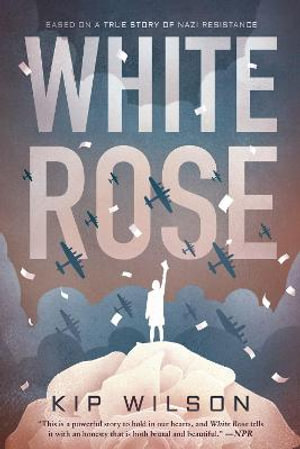
 Dying to Tell Me
Dying to Tell Me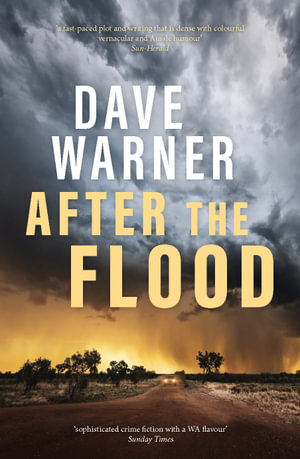 After the Flood,
After the Flood,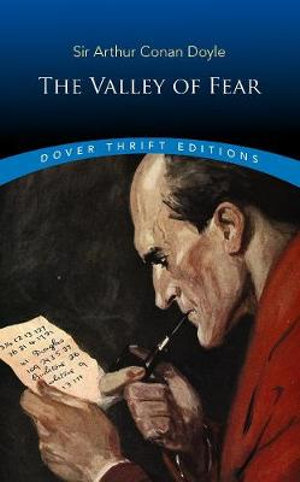 The Valley of Fear
The Valley of Fear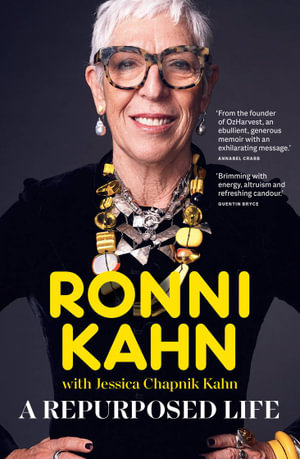 A Repurposed Life
A Repurposed Life Abl
Abl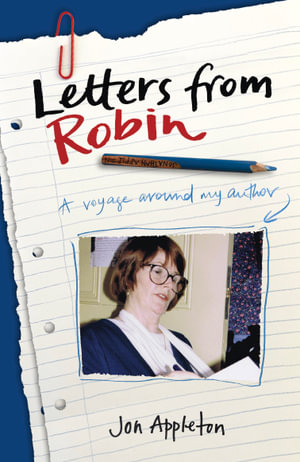 Letters from Robin
Letters from Robin ded bonus when I get to do with other authors and illustrators, which is just what happened on Saturday when I was part of the Backyard Bookfair at the State Library of WA. Have a look at the program to see just how deep the talent pool was:
ded bonus when I get to do with other authors and illustrators, which is just what happened on Saturday when I was part of the Backyard Bookfair at the State Library of WA. Have a look at the program to see just how deep the talent pool was: